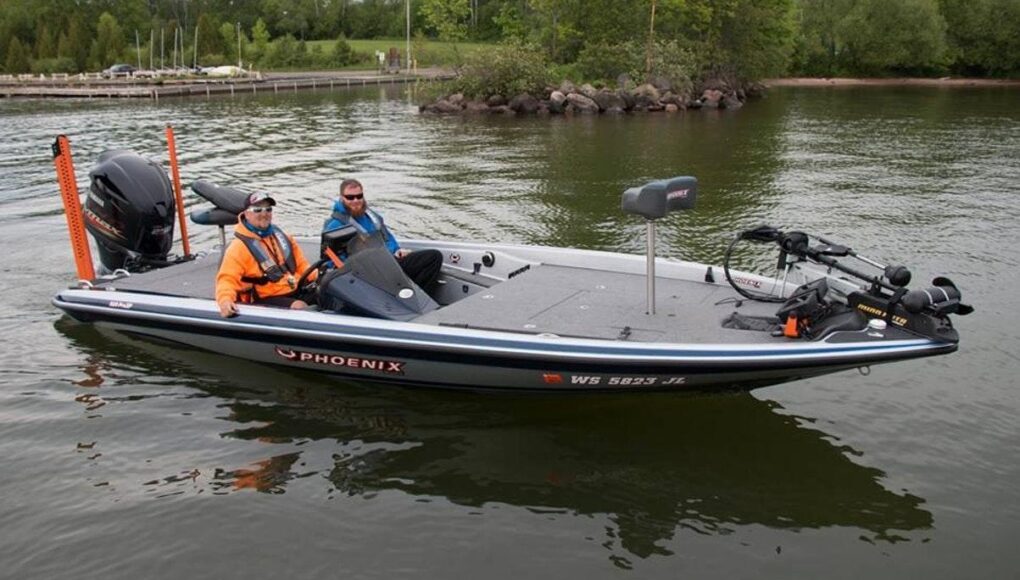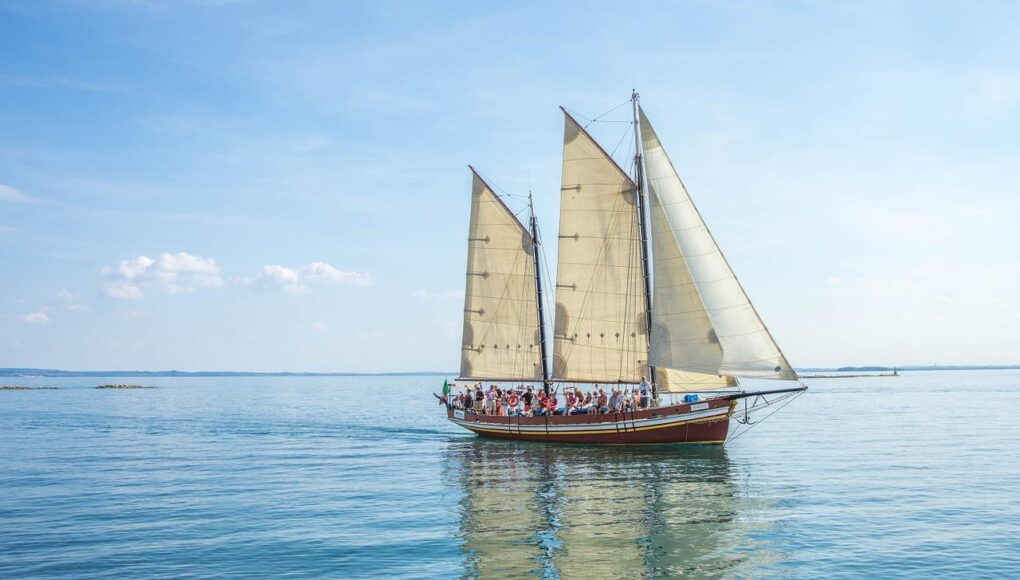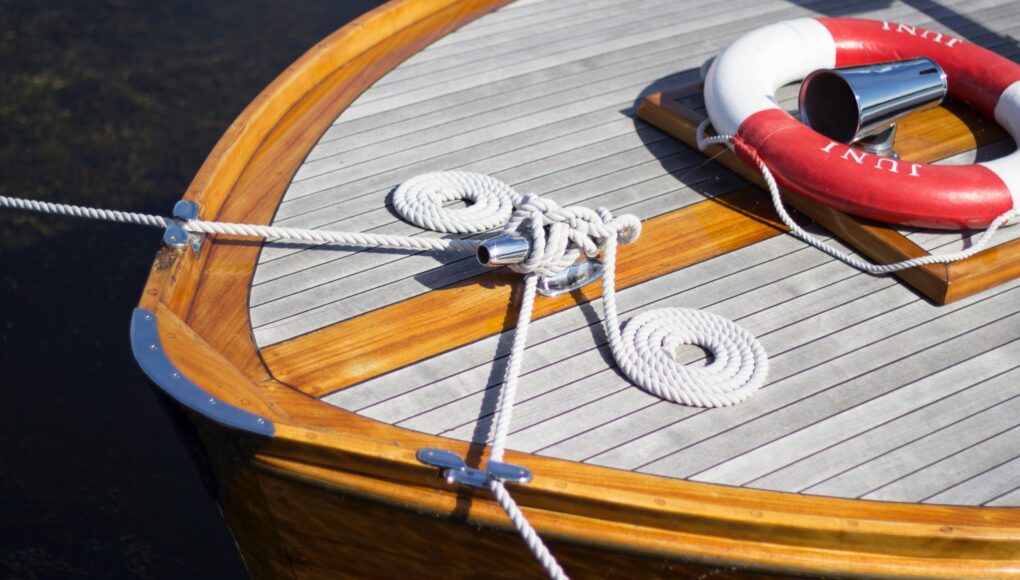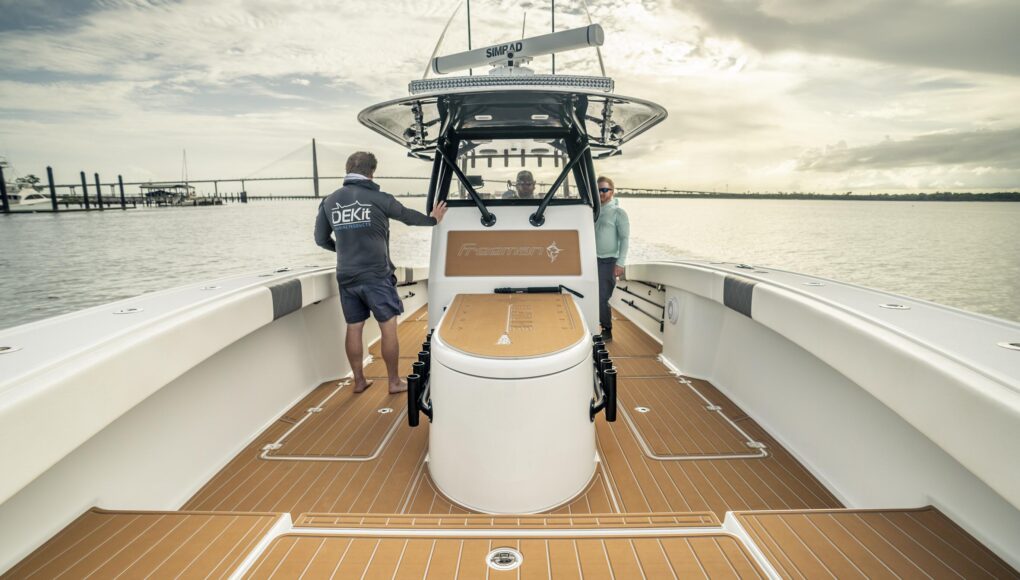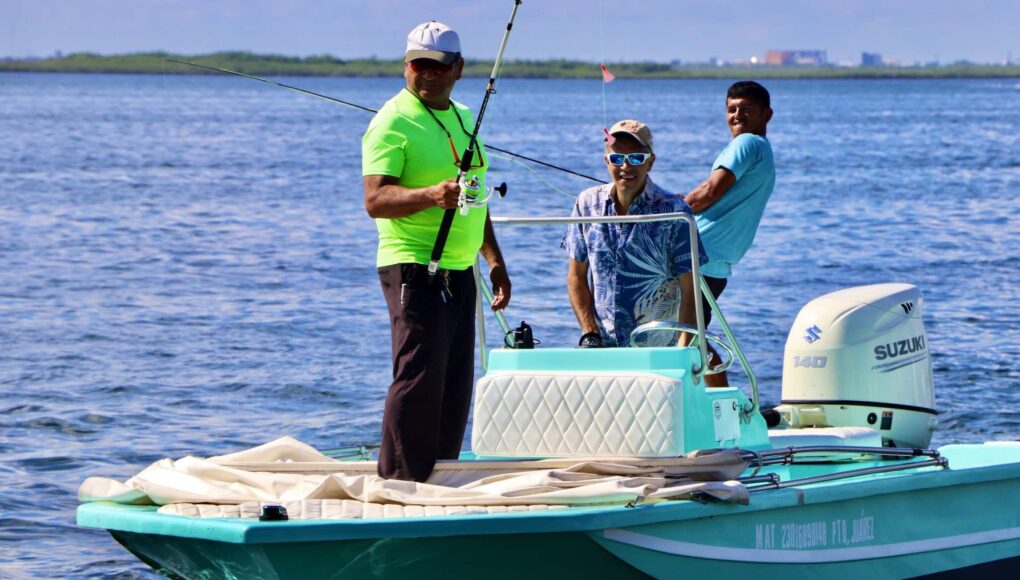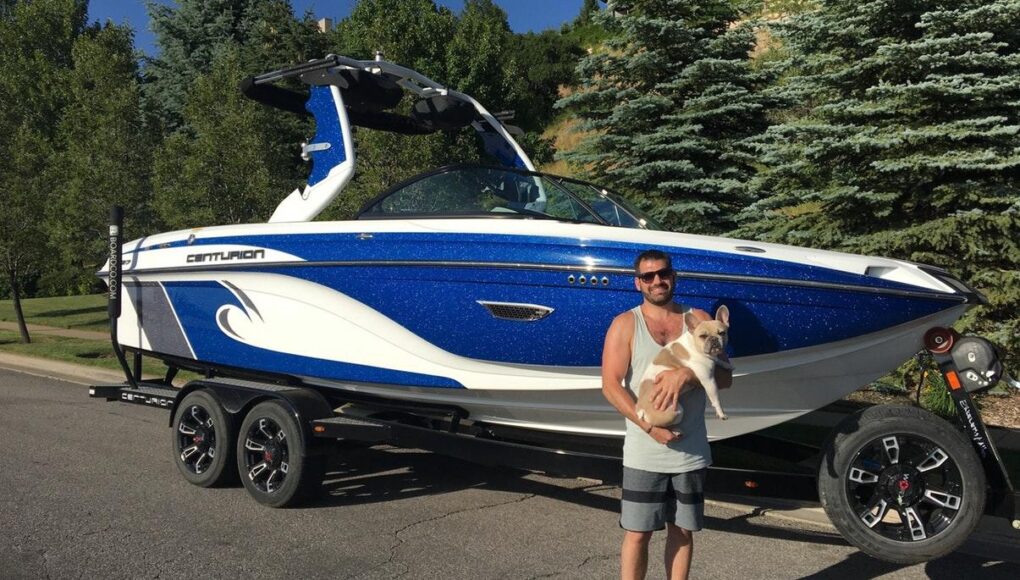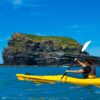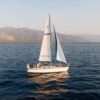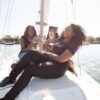Eco-Friendly Tips for Boating Sustainably
About 100 million Americans go boating every single year — it lets you see the world, become one with nature, and spend quality time with friends and family. And if you’re a boater yourself, there’s no doubt that you feel a connection with nature. So, you probably want to do what you can to protect the waterways you love. Unfortunately, not all boating behavior is eco-friendly: litter, boat emissions, wildlife damage, and more problems often arise with boaters who don’t know, or don’t care, about protecting our planet’s incredible marine ecosystems. So, we’ve got some tips for you. Because regardless of whether you boat in the ocean or in other waterways across the world, there are ways you can protect our ecosystems while still having fun. What Is Eco-Friendly Boating? Eco-friendly boating means doing your part to limit the damage done to the ocean and other waterways. A single boat doesn’t cause much damage, but when you consider everyone who boats, the damage adds up. If we all do our part to practice more sustainable boating, our oceans will be healthier places. Why Should We Practice Sustainability? The health of the ocean affects all of us. Without the ocean, life on Earth couldn’t survive. The ocean absorbs the sun’s radiation and distributes it across the globe, keeping us warm. Three billion people across the globe rely on it directly for their livelihoods. Plus, the ocean absorbs carbon dioxide. In short: the ocean protects us, so we have a responsibility to protect it. This doesn’t mean we shouldn’t do the things we love. Loving, exploring, and garnering an appreciation of nature makes us want to protect it. And boating fosters our love for nature and the ocean — but there are ways we can do it more sustainably to protect the waters. Choose Sailing Over Motorized Boats One sustainable boating option is to go sailing rather than using motorized boats, using the wind rather than a mechanical engine. Often these boats will still have engines to use when necessary, but you likely won’t need to use them often. Besides being more sustainable, you’ll save a lot of money by not needing to buy fuel. How Can You Protect The Ocean When Boating? There are many options for boating sustainably, even in a motorized boat. You don’t have to change everything you’re doing all at once, either. Even taking the smallest steps to live more sustainably can have a tremendous impact. Prevent Pollution & Littering Pollution and littering is a big problem in boating, even if much of it is unintentional. When filling up your tank, some of the fuel may spill and get into the surrounding water. Take extra caution to not spill fuel, and don’t “top-off” tanks. A simple quart of oil can create an oil slick the size of three football fields. Be conscious of everything you bring on your boat, and be sure that you take everything back home with you. Properly dispose of all waste, including sewage. Clean up all your trash, including fishing lines and plastics, which cause many deaths among marine life. Certain kinds of trash are more likely to end up in the ocean than others. The Ocean Conservancy lists the “dirty dozen” that you should be extra careful of: Cigarette butts Paper Plastic pieces Styrofoam Glass pieces Plastic food bags Plastic caps and lids Metal beverage cans Plastic straws Glass beverage bottles Plastic beverage bottles Styrofoam cups Properly Maintain Your Boat When cleaning your vessel, use only non-toxic cleaners and detergents, and use as little as possible. Likewise, avoid toxic paint, opting instead for environmentally friendly, marine anti-fouling paint. Keep the maintenance of your boat up-to-date by keeping the engine tuned. Use Eco-Friendly Products Using eco-friendly products doesn’t stop with your boat. Consider using eco-friendly and reef-safe products like toothpaste, shampoo, conditioner, and sunscreen. Recycle Old Products & Parts Parts of your boat are going to wear out, that’s inevitable. But those parts don’t need to pollute our waterways. Often, you can repurpose old things or give them to others to use as scrap. If not, see if you can recycle the item rather than throwing it in the trash. This goes for things like scuba diving equipment, too. Use Less Fuel & Consider Less Traditional Forms Of Energy By reducing the amount of fuel you use, you’ll save money while helping the environment. Reduce drag, operate at slower speeds, and know where you’re going. Don’t allow your boat to idle, and minimize your use of generators. Plus, you can consider swapping out traditional fuel for biofuel. It’s more costly, but it’s renewable, non-toxic, and burns cleanly. You can also consider adding renewable energy to your boat. Sun, wind, and water itself can power your boat. Many new generators receive their power from the sun and wind, which are things you have an abundance of on the water. Watch Out For Wildlife, Vegetation, & Land Protecting the ocean doesn’t just involve the water. A few tips, for the land-based wildlife and vegetation: Make sure you’re anchoring properly to prevent damage to fragile ecosystems like coral reefs, shellfish beds, and seagrass beds. When you’re close to shore, reduce your throttle so that you don’t produce wake. If the water is shallow, don’t operate your boat, or you may rip up vegetation and disturb the sediment. Avoid getting too close to wildlife and shut off your boat’s motor when you see wildlife nearby. In many places, it is illegal to operate your boat when you are within a certain range of whales and dolphins. Invasive species can also wreak havoc on native ecosystems, so avoid taking non-native animals or plants home with you. Preventing the accidental spreading of invasive species is as easy as keeping your boat clean. While this certainly isn’t an exhaustive list of all the ways that we can hope to be more eco-friendly in our daily lives, we hope it’s at least a step in the right direction for boating more mindfully when it comes to protecting our wonderful shared marine



